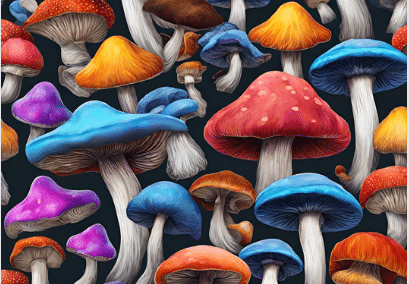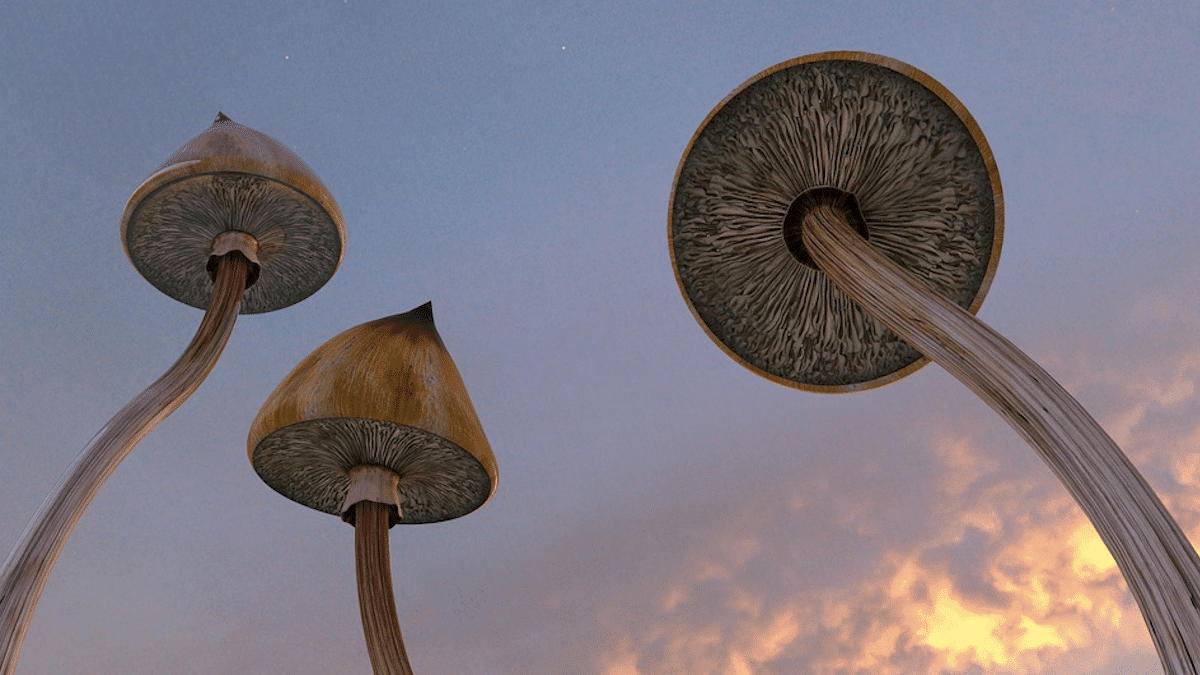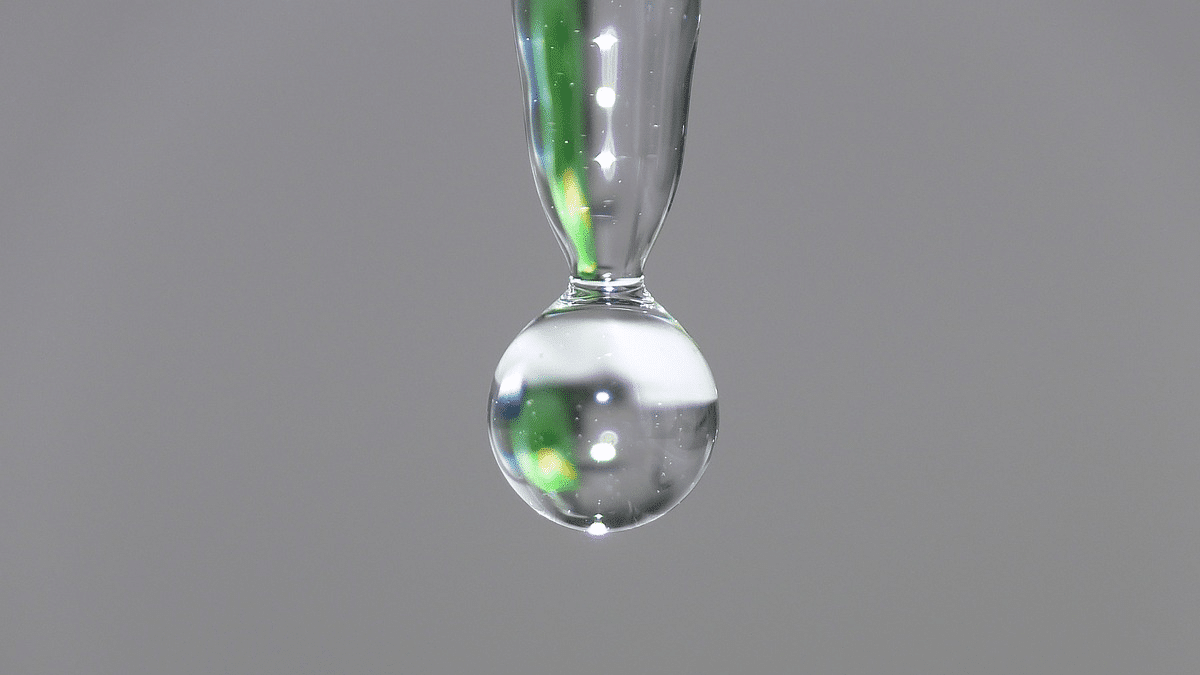Mushrooms have become increasingly popular in recent years because of their potential for therapeutic applications and recreational use. When it comes to the future of growing magic mushrooms in grow kits, it is important to keep abreast of new developments and innovations that can contribute to more efficient and sustainable breeding practices.
In this article, we highlight the current state of mushroom cultivation and some emerging technologies and trends that could shape the future of mushroom cultivation.
Table of contents
Importance of continuous development in the world of paddock breeding
Demand for mushrooms continues to grow and there is always room for improvement in terms of efficiency, quality and sustainability. By constantly innovating and exploring new technologies, growers can increase their success and meet growing consumer demand.
Currently, there are several methods and techniques for growing mushrooms. The most popular method is growing on substrate, where the mycelium of mushrooms is grown on a nutrient-rich substrate such as straw, wood chips or compost. This method does require regular maintenance and can be time-consuming.
Will there be other breeding methods in the future?
These methods are less commonly used in commercial mushroom culture. Culture on agar, in which the mycelium is grown on a gel-like substance, is usually used for propagating mushrooms and not for large-scale production. Culture on grain is another method in which the mycelium is grown on grains such as rice or rye, but this method is also less used because of its limited yield.
What are popular types and variations of magic mushrooms?
There are several popular species of magic mushrooms currently being cultivated, including Psilocybe cubensis, the most common species, and other varieties such as Psilocybe Mexicana, Matazapec mushroom, Psilocybe semilanceata and the Hawaiian Copelandia. Each species has its own unique characteristics, instructions, growing conditions and potential effects.
Challenges and limitations in current breeding practices
Although mushroom cultivation has been taking place for a long time, there are still some challenges and limitations that growers face. One of the biggest challenges is the manual process of growing and caring for the mushrooms. This can be labor intensive and lead to inconsistencies in mushroom yield and quality.
There are also sustainability and environmental awareness challenges. The use of raw materials such as straw and wood chips can have ecological impacts, and there is a need for more environmentally friendly alternatives.
What are emerging technologies related to magic mushrooms?
Fortunately, there are several technologies that can help make paddock farming more efficient and sustainable. An emerging trend is automation and smart growing system solutions. Automated systems allow growers to better regulate growing conditions and ensure consistent yields. Examples include automated aeration, moisture regulation and temperature control systems.
Another promising development in the future is the use of artificial intelligence and data analysis in nurseries. By collecting and analyzing data on factors such as temperature, humidity and CO2 levels, growers can identify and optimize patterns for maximum growth and yield.
Sustainability and environmental awareness in the future of magic mushrooms
Sustainability is also playing an increasingly important role in the future of paddock farming. There are innovations in environmentally friendly growing substrates[1] and energy-efficient growing system designs. For example, some growers have switched to using organic materials such as coffee grounds or hemp fibers as alternative growing substrates.
There are also developments in energy efficiency, such as the use of LED lights for growing mushrooms instead of traditional bulbs. LED lights use less energy and produce less heat, making them more durable and can reduce energy costs.
The future of magic mushrooms
The future of magic mushrooms seems promising, especially in the area of therapy and providing profound insights. With their unique ability to expand consciousness and offer new perspectives, magic mushrooms are increasingly recognized as potentially powerful tools in psychotherapy, with promise for groundbreaking treatment methods and self-discovery.
Resources
[1] https://www.onderglas.nl/verrassende-materialen-zetten-onderzoekers-op-duurzaam-spoor/
[2] https://www.vice.com/nl/article/5dg9a5/inzichten-door-psychedelica
[3] https://psychedelische-therapie-nederland.nl/de-toekomst-van-psychedelische-therapie/







